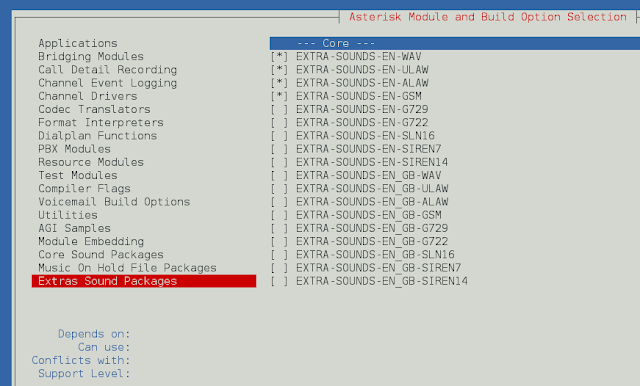jQWidgets is a JavaScript framework for making web-based applications for PC and mobile devices. It is a very powerful and optimized framework, platform-independent, and widely supported. jqxChart is a lightweight and powerful chart widget written 100% in javascript. It offers many advanced features and supports three different rendering technologies – SVG, HTML5 Canvas & VML.
The getItemCoord() method is used to get the coordinates for a data point. It takes the groupIndex, serieIndex, and itemIndex type as parameters of the number type, and returns the coordinates as an object type.
Syntax:
var getItemCoord = chartInstance.getItemCoord(0, 1, position);
Linked Files: Download jQWidgets from the link. In the HTML file, locate the script files in the downloaded folder:
<link rel=”stylesheet” href=”jqwidgets/styles/jqx.base.css” type=”text/css” />
<script type=”text/javascript” src=”scripts/jquery-1.11.1.min.js”></script>
><script type=”text/javascript” src=”jqwidgets/jqxcore.js”></script>
<script type=”text/javascript” src=”jqwidgets/jqxchart.core.js”></script>
<script type=”text/javascript” src=”jqwidgets/jqxdraw.js”></script>
<script type=”text/javascript” src=”jqwidgets/jqxdata.js”></script>
Example: The below example illustrates the jqxHeatMap getItemCoord() method in jQWidgets:
HTML
<!DOCTYPE html> <html lang="en"> <head> <link rel="stylesheet" href="jqwidgets/styles/jqx.base.css" type="text/css" /> <script type="text/javascript" src="scripts/jquery-1.11.1.min.js"> </script> <script type="text/javascript" src="jqwidgets/jqxcore.js"> </script> <script type="text/javascript" src="jqwidgets/jqxchart.core.js"> </script> <script type="text/javascript" src="jqwidgets/jqxchart.api.js"> </script> <script type="text/javascript" src="jqwidgets/jqxdraw.js"> </script> <script type="text/javascript" src="jqwidgets/jqxdata.js"> </script> </head> <body> <center> <h1 style="color: green"> neveropen </h1> <h3>jQWidgets jqxChart getItemCoord() method</h3> <div class='default'></div> <button id='gfg'>Click Here</button> <div id='gfg1' style="width:600px; height: 400px"/> </center> <script type="text/javascript"> $(document).ready(function () { var json = [ { Day:'Monday', A:3, B:1, C: 2, D:1}, { Day:'Tuesday', A:3, B:1, C: 2, D:1}, { Day:'Wednesday', A:3, B:1, C: 2, D:1}, { Day:'Thursday', A:3, B:1, C: 2, D:1}, { Day:'Friday', A:3, B:1, C: 2, D:1}, { Day:'Saturday', A:3, B:1, C: 2, D:1}, { Day:'Sunday', A:3, B:1, C: 2, D:1} ]; var obj = { title: "Coding Score", description: "Coding Questions Solved Daily", source: json, toolTipMoveDuration: 1000, categoryAxis: { dataField: 'Day', showGridLines: true }, seriesGroups:[{ type: 'column', columnsGapPercent: 30, seriesGapPercent: 0, valueAxis: { minValue: 0, maxValue: 10, unitInterval: 10, description: 'Questions Solved' }, series: [ { dataField: 'A', displayText: 'A'}, { dataField: 'B', displayText: 'B'}, { dataField: 'C', displayText: 'C'}, { dataField: 'D', displayText:'D' } ] }] }; $('#gfg1').jqxChart(obj); $('#gfg').click(function () { var chartInstance = $('#gfg1').jqxChart('getInstance'); var xval = chartInstance.getItemCoord(0, 1, 1); console.log(xval); }); }); </script> </body> </html> |
Output:

Reference: https://www.jqwidgets.com/jquery-widgets-documentation/documentation/jqxchart/jquery-chart-api.htm




